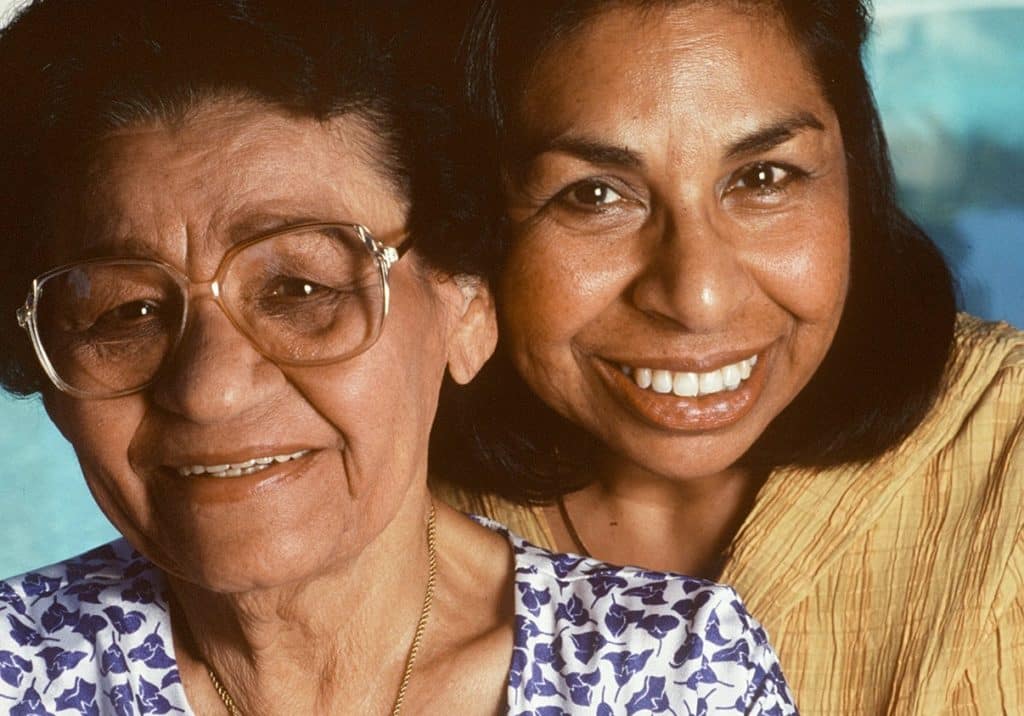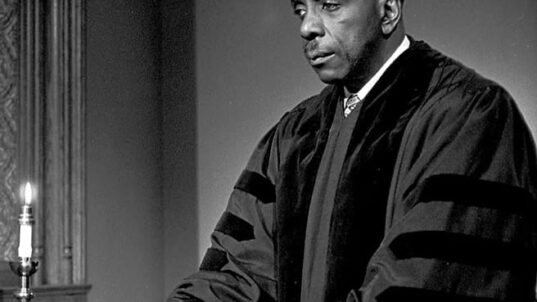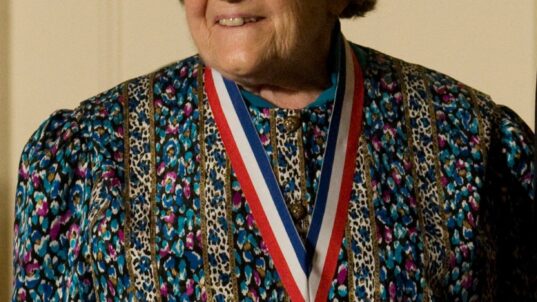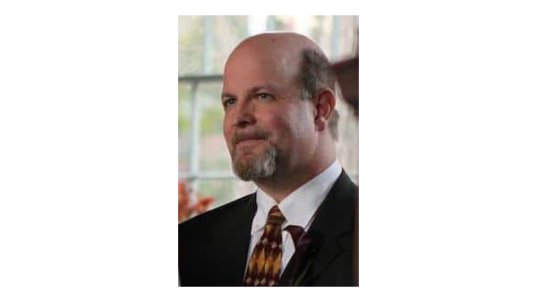
Felicitas and her daughter Sylvia Mendez in 1996, by Leonard Ortiz, Orange County Register/SCNG
Pioneers in School Desegregation
Gonzalo Mendez came to America from Mexico and later became a naturalized US citizen. In 1936, he married Felicitas Mendez, a native of Puerto Rico. They first opened a restaurant in Santa Ana, California and later moved to Westminster, California where they rented a farm from a Japanese family who had been sent to an internment camp.
In 1940s California, discrimination against Hispanics was both legal and widely practiced, especially in the public school systems. The local school district, like most others in California at that time, mandated separate schools for whites and Hispanics. When Gonzalo and Felicitas tried to enroll their children in their neighborhood school they were denied, and their children were sent to a separate two-room shack in another part of town to be educated along with the other Hispanic children. Their appeals were turned down.
Gonzalo and Felicitas were not deterred. The Mendez children, accompanied by their aunt and cousins, again attempted to enroll at their neighborhood school. While their lighter-skinned cousins were accepted, the Mendez children were denied admission because their skin was darker. None of the children decided to attend. Felicitas took over the family business while Gonzalo tried to rally support from the Hispanic community. He had little success at first but eventually he was able to get four other families to join him in a lawsuit.
In the legal case, the local school board made the claim that the Hispanic children were deficient in their English language skills. But when Sylvia Mendez, their 8-year-old daughter, and other children testified, that claim was easily refuted. The school district later offered to settle the case by allowing the Mendez children to attend the elementary school but without any other Mexican-American students. Because the Mendez family believed in helping out the entire Mexican community, not just their own children, they declined the offer and continued the lawsuit.
In Mendez v. Westminster, the local court ruled in favor of the Hispanic plaintiffs, and the local school system appealed. By this time, the lawsuit had drawn a lot of attention, and various civil rights groups had joined in. One of the attorneys was Thurgood Marshall, a future Supreme Court Justice. The appeals court upheld the local court, and the Governor of California Earl Warren (the future Chief Justice of the Supreme Court) consequently ordered all schools in California to be desegregated. This was 1947, seven years before the US Supreme Court’s ruling in Brown vs. Board of Education that desegregated schools nationwide. The arguments used by the local attorney in the Mendez case later became the basis for the favorable ruling used by Thurgood Marshall before the Supreme Court in the Brown case.
Sylvia Mendez and her brothers were not treated well when they were finally allowed to attend the desegregated school system. But they persevered in their rights to an education. While we are familiar with the Brown vs. Board of Education ruling and its impact on America, much less is known of the contributions the Mendez family made in pioneering the desegregation of schools.
* * *
Change will not come if we wait for some other person or some other time. We are the ones we’ve been waiting for. We are the change that we seek.” – Barack Obama



